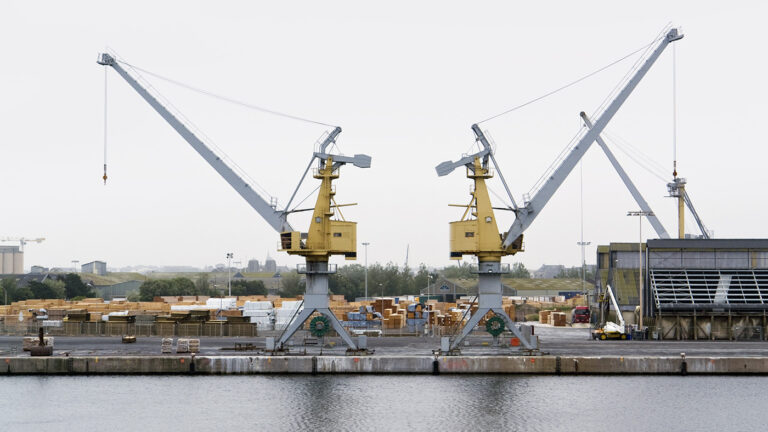The research highlights the ever-increasing struggle to balance tradeoffs across today’s complex supply chains and the growing need for companies to adopt prescriptive analytics solutions in order to support strategic, tactical, and operational supply chain planning and decision support processes.
More than half (53%) of companies surveyed by Ventana Research say they have limited or no ability to understand the trade-offs. Many companies are still too focused on optimizing performance on a per business unit basis rather than considering cross-functional performance improvements. Ventana notes that this siloed planning can result in “longer than necessary delivery lead times, higher freight costs, and bloated inventories.” Because of this, less than half (47%) of organizations have accurate supply chain plans (as revealed by Ventana). With respect to preparing optimized supply chain plans, Kugel notes that the best result is almost never achieved when the process consists of each unit applying simple rules to optimize its own performance.
Another key finding is four out of five companies use spreadsheets for supply chain planning, yet only 39% say that spreadsheets enable effective collaboration. Even worse, over 75% of companies say their supply chain plans aren’t integrated with manufacturing, procurement, or Sales. Agility is crucial in today’s ever-changing world of supply chain markets. “Being able to re-assess feasible options and quickly adjust pricing, promotions, and volumes is critical,” says Kugel. If companies want to remain competitive, they need to move beyond spreadsheets for balancing trade-offs.
“Ventana Research’s findings confirm the expansive use of spreadsheets as the primary supply chain planning tool and highlight how ineffective that approach has been in achieving company-wide value from planning,” said Carlos Centurion, President of River Logic. “Nearly all of our customers — both in and outside of supply chain — shared a similar story before adopting our prescriptive analytics technology,” continued Centurion.
(The research is available now for download.)
Ventana’s research also emphasizes that planning must include the ability to view and analyze operational and financial data simultaneously, in order to know how decisions will impact the company-wide profitability, as well as balance sheet and cash flow.
“Today, our customers are creating plans that take into consideration their financial and operational data in order to achieve value-focused planning,” said Mike Barker, VP Customer Success at River Logic. “They’re able to define capacity that has the optimal financial outcome on the balance sheet or income statement while meeting revenue and fulfillment targets, all within the real-time constraints of their business,” finished Barker.
River Logic has seen the successes first-hand with its clients. A well-known snack-food manufacturer with dozens of North American manufacturing plants had no visibility into its supply chain planning trade-offs before seeking River Logic. The company leveraged dozens of spreadsheets to create production allocation plans, yet executives knew they were missing out on significant profit opportunities. With River Logic’s production allocation solution, hundreds of thousands in cost savings per week have been uncovered. Additionally, they have uncovered $2.5M in opportunity cost from freed up inventory.
“Prescriptive analytics can give managers and executives the ability to assess trade-offs with greater insight and precision, especially if the analysis incorporates financial data,” notes Kugel.
(The research is available now for download.)



